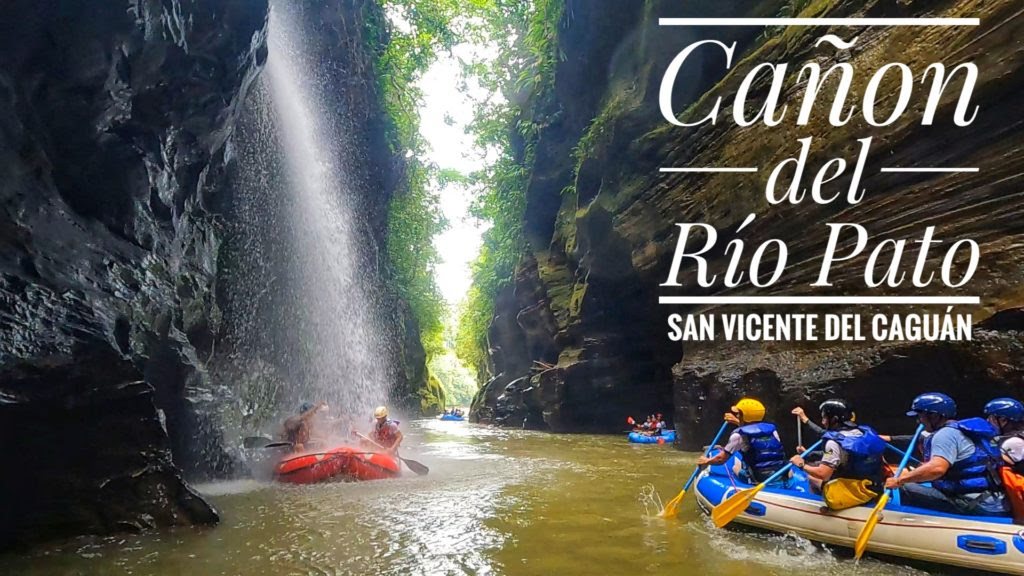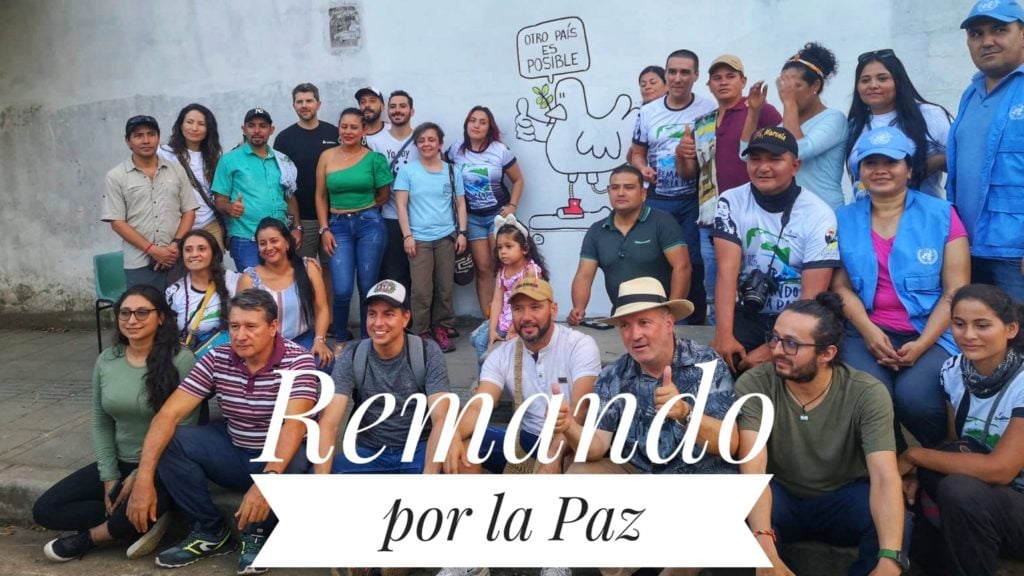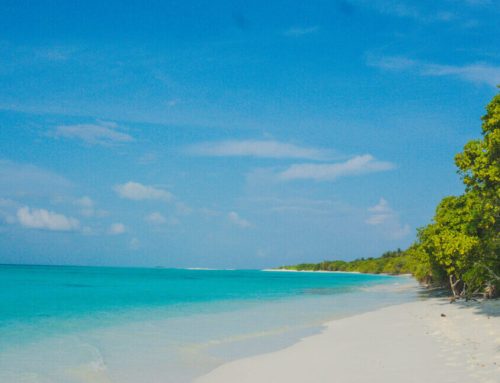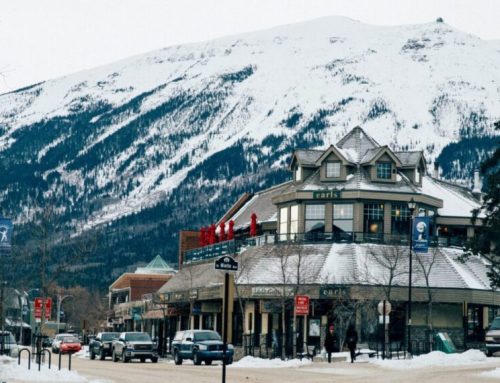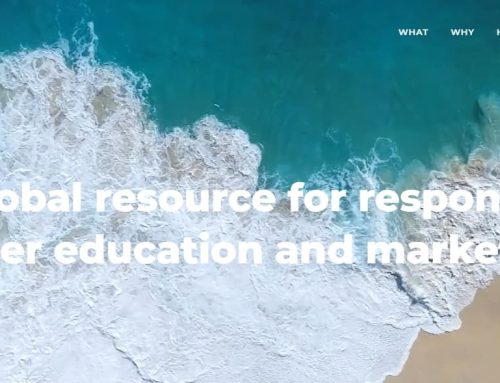Destination Stewardship Report – Spring 2023 (Volume 3, Issue 3)
This post is from the Destination Stewardship Report (Spring 2023, Volume 3, Issue 3), a publication that provides practical information and insights useful to anyone whose work or interests involve improving destination stewardship in a post-pandemic world.
Tourism in Colombia Sails Towards Peace [Opinion]
Jungles once controlled by FARC guerillas are now being explored by tourists. What does tourism look like in Colombia post-conflict and how has it transformed the lives of communities? Arvey Alfonso Granada Calderon explains.
There have been many years of conflict in Colombia; however, the situation has changed to the point of seeing tourism projects with a community foundation, which have been developed in territories where it was not possible to transit years ago. Nowadays, it is possible to sail across a jungle river beside people without masks, telling their real names and stories, thanks to the “industry of human encounters”.
Regenerative Tourism: A strategy for reconciliation and the pursuit of peace
Colombia is known globally for the smoothness and quality of its coffee, the flower supply, tropical fruits, and the home of Gabriel Garcia Marquez’s yellow butterflies. It is one of the most multicultural and biodiverse countries in the world. (Side note: 2,000 bird species have been reported, occupying the first position in the ranking of bird species per country.) It is, however, also known for the infamous load of narcotraffic and the armed conflict, an issue which is gradually disappearing thanks to peace agreements and the resilience of Colombian people.
This is where sustainable and regenerative tourism has come in, playing a role in helping the territories build an economic model based upon trust, in which its habitants manage their assets and build projects through communal work, creating a wholesome and transforming experience. They do so, sometimes without realizing it, using the guidelines of the United Nation’s Sustainable Development Goals: with the objective of having a decent job and promoting an economic growth for their families and territory (Goal 8), decreasing the poverty index (Goal 1), protecting the ecosystem through the development of touristic activities aligned with conservation (Goal 15), and therefore regenerating trust among the actors of conflict, RECONCILIATION, in pro of a long-lasting peace (Goal 16).
Reconciliation seems something difficult to do, especially in countries where violence has existed in all forms. Nonetheless, in this act, restoring and recovering the relationships once broken, starts the real sustainable development. There is no goal in having exceptional tourist attractions and infrastructure without the respect, calm, and welfare of territorial peace.
In Colombia, different projects are being carried out to teach its own people, and foreigners, that tourism is an excellent strategy for reconciliation and the pursuit of peace. This is how “Opportunity Territories” by the Colombian Association of Responsible Tourism (ACOTUR) was born. It promotes the touristic supply of six municipalities denominated “Emerging destinations”: Guapi, El Tambo, Villagarzón, Vista Hermosa, La Macarena, and San José del Guaviare. These territories have been harshly impacted by violence and today they are an example of sustainable and regenerative tourism through reconciliation, ecological restoration, culture rescue, and economic reinvestment.
In La Manigua, rowing for peace
In the rural area of the municipality of San Vicente del Caguán, inside of the state of Caquetá, just over the tide of El Río Pato, a rafting tour agency “Caguán Expeditions” was born. With the help of several organizations such as United Nations and WWF, two things became possible. First, they created a sports team made up by ex-members of the no-longer-existing guerilla “FARC” and inhabitants of the territory. This team is led by a woman, Leidi Lorena Leiva, a contestant of the world championship of Rafting in Australia, 2019. Second, they set up an annual rafting festival for people all over the world to come to this beautiful place to descend its beautiful rivers and know first-hand how the reintegration into society is helping to build the country.
In its third year, carried through in the first week of November 2022, the festival took place for five days, three of which included rafting in the rivers. The most significant aspect off this festival, apart from the scenic beauty of the territory (especially on the second day descending on Pato River in “Los Cajones” section), is hearing from those who lived the horrors of the war in the past and now play on the side of virtue, goodness, environment protection, communal work, and development of a sustainable and regenerative project.
The most touching and hopeful aspect is to see children and teenagers, the new generation of these territories, dream about becoming guides and working within the tourism’s value chain.
In conclusion, the best way to chart the impact of reconciliation and peace in these territories and how a touristic activity serves as canal for it to condense, it is synthesized in an art image by “Matador”, a well-known Colombian cartoonist, “La Paz a Punta de Remo” (Peace Through Rowing): “Because it will always be better for the world, a lot of people contributing to society, than a lot of people destroying it. In other words, it is better for the world, more people with an Oar in Hand, than with a gun.” Arvey Granada.
About the Author
ARVEY ALFONSO GRANADA CALDERON is a businessman of sustainable and regenerative tourism in Colombia. He is a professional guide of tourism and marketing specialist in touristic destinations at the Open University of Catalonia. He is in love with nature activities and cultural encounters. You can learn more about him at www.arveygranada.com


